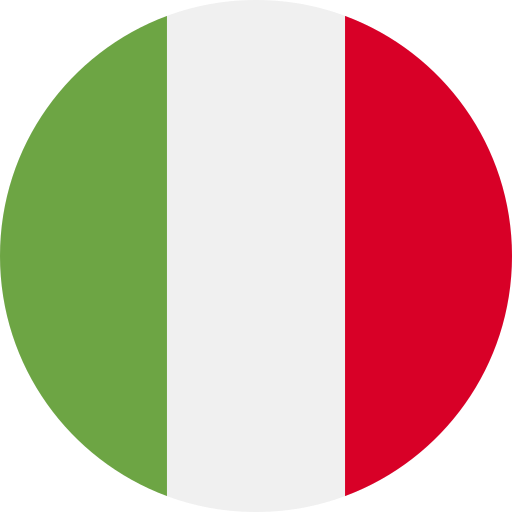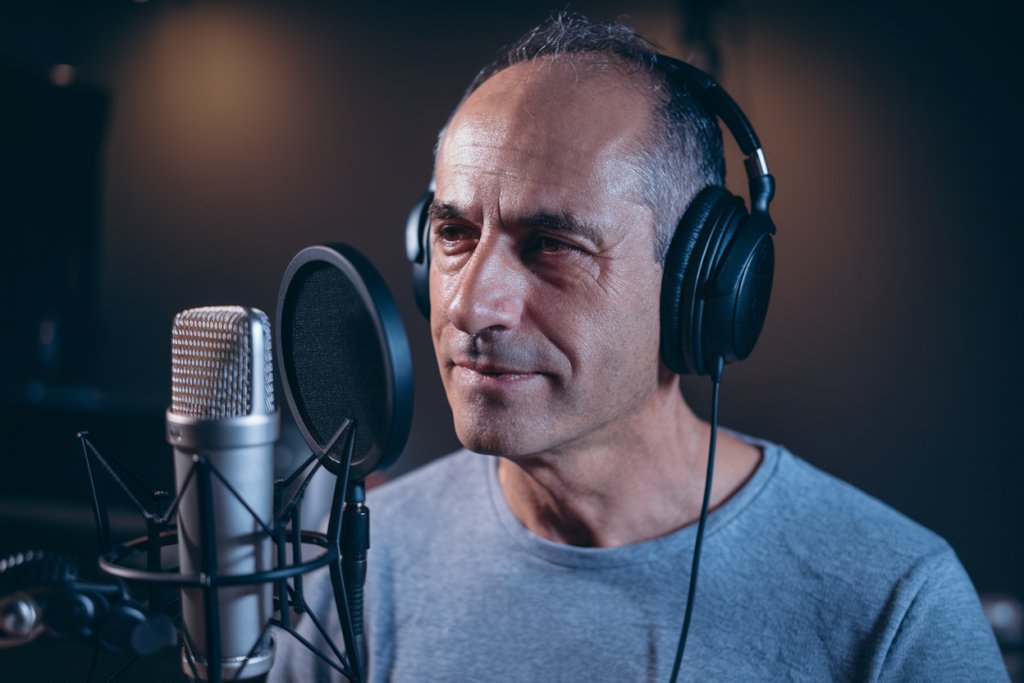Italian dialects are more than just regional variations; they’re a vibrant part of the country’s cultural identity. Growing up in Italy, I’ve witnessed firsthand how these dialects not only shape local communities but also influence media and entertainment on a broader scale. From television shows to music and social media platforms, dialects play a crucial role in connecting people and preserving traditions.
As the world becomes increasingly interconnected, the impact of Italian dialects in media is gaining attention. They serve as a bridge between generations, allowing younger audiences to appreciate their roots while bringing unique flavors to mainstream content. In this article, I’ll explore how these dialects are represented in various media forms and their significance in shaping modern Italian culture.
Overview of Dialects in Italy
Italy boasts a rich tapestry of dialects, each representing unique cultural and historical narratives. Over 30 dialects exist across the regions, reflecting local identities and traditions. These dialects vary significantly from standard Italian, not only in vocabulary but also in pronunciation and grammar.
Linguistic diversity thrives in cities such as Naples, Milan, and Bologna. Neapolitan is known for its musicality and emotional depth, while Milanese incorporates influences from trade and commerce. Emilian-Romagnol showcases agricultural roots with distinct phonetic characteristics.
Regional dialects often connect communities through shared expressions and idioms. For instance, Sicilian includes Arabic influences due to historical interactions. Venetian reflects maritime culture with specific terminology related to navigation.
The impact of these dialects extends beyond casual conversation; they appear prominently in literature, music, films, and television programs. Noteworthy examples include iconic songs sung in regional styles or films that incorporate authentic dialogues to enhance storytelling authenticity.
As globalization engenders cultural exchanges, the appreciation for these dialects has surged within media landscapes. They serve as tools for fostering connections among generations while enriching mainstream narratives with localized flavors.
Historical Context
Italian dialects reflect the country’s complex history and cultural evolution. Their development stems from various influences, including political changes, trade, and migration patterns.
Development of Italian Dialects
Italian dialects emerged from Latin during the Middle Ages as regional variations developed in response to local needs and interactions. Over time, these dialects absorbed elements from neighboring languages due to invasions and trade activities. Each region contributed unique features; for example, Tuscan became a literary standard thanks to influential writers like Dante Alighieri. The unification of Italy in the 19th century further shaped these dialects, as standard Italian was promoted for national identity while regional languages remained prevalent in everyday life.
Influence of Regional Languages
Regional languages significantly influenced Italian dialects by shaping vocabulary and pronunciation. For instance, Sicilian incorporates Arabic terms reflecting historical Arab presence on the island. Similarly, Venetian draws from maritime terminology due to its rich seafaring tradition. These influences enhance communication within communities while preserving their distinct identities. While standard Italian serves as a unifying language across the country, these regional variations enrich Italy’s linguistic heritage by offering diverse expressions that resonate with local customs and traditions.
Media Representation of Italian Dialects
Italian dialects play a significant role in media representation, enriching various platforms and connecting audiences to local cultures. Their presence in television, cinema, radio, and podcasts highlights the diversity within Italy’s linguistic landscape.
Television and Cinema
Television shows and films increasingly incorporate Italian dialects to enhance authenticity. Productions like “Gomorrah,” set in Naples, utilize Neapolitan to convey realism and cultural nuances. Viewers resonate with characters speaking in their regional tongue, fostering a sense of belonging. Additionally, movies such as “La Finestra di Fronte” feature Romanesco, showcasing the vibrancy of the local culture. These representations celebrate regional identities while also appealing to broader audiences who appreciate the richness of dialects.
Radio and Podcasts
Radio broadcasts often embrace local dialects to engage listeners more effectively. Stations across Italy air programs that highlight regional music, traditions, and stories told in native tongues. For example, programs utilizing Sicilian draw attention to cultural heritage through storytelling and folk music. Podcasts also leverage dialects by inviting speakers from diverse backgrounds to share their experiences authentically. This approach not only preserves language but also fosters connection among listeners eager to explore Italy’s multifaceted identity through audio formats.
Cultural Impact of Dialects
Italian dialects significantly enrich the country’s cultural landscape, serving as vessels of heritage and identity. Their presence in various media forms not only preserves these languages but also enhances their visibility in contemporary society.
Preservation of Heritage
Dialects play a crucial role in preserving Italy’s diverse cultural heritage. They encapsulate historical narratives, local customs, and unique expressions that reflect regional identities. I observe how festivals, folk traditions, and family gatherings often incorporate dialects, fostering intergenerational connections. For instance, storytelling sessions among elders frequently use local dialects to pass down folklore and wisdom, ensuring that younger generations remain connected to their roots. Furthermore, initiatives such as language preservation programs actively promote the teaching and use of dialects in schools and community centers, safeguarding them from extinction.
Dialects in Modern Society
In modern society, Italian dialects maintain relevance through music, television shows, and social media platforms. I notice that artists increasingly incorporate dialects into song lyrics to express authentic emotions and connect with audiences on a deeper level. Popular television series like “Gomorrah” utilize Neapolitan to bring realism to characters’ lives while enhancing viewer engagement by reflecting everyday speech patterns. Social media also serves as an effective tool for sharing content in various dialects; users create viral videos featuring local expressions or humorous takes on regional stereotypes. Such trends demonstrate how dialects adapt to contemporary culture while remaining integral components of Italian identity across all age groups.
Challenges in Media Representation
Media representation of Italian dialects faces significant challenges that can affect public perception and understanding. These challenges include stereotyping, misrepresentation, and a lack of standardization in dialect usage.
Stereotyping and Misrepresentation
Stereotyping often leads to the oversimplification of dialects, causing misinterpretations of cultural significance. Media portrayals sometimes emphasize exaggerated traits or negative connotations associated with specific dialect speakers. For instance, Neapolitan accents may be depicted as humorous or unrefined, while Milanese accents might convey elitism. Such portrayals ignore the rich history and cultural depth embedded within each dialect. This misrepresentation diminishes appreciation for linguistic diversity and can alienate communities that feel their identities are reduced to caricatures.
Lack of Standardization
The absence of standardization in Italian dialects complicates media representation. With over 30 recognized dialects, variations exist not only regionally but also within communities themselves. This inconsistency creates confusion for media producers aiming to authentically represent local cultures. For example, different pronunciations or vocabulary choices may confuse audiences unfamiliar with specific regional expressions. Consequently, this lack of uniformity can limit the effectiveness of communication across platforms like television, radio, and social media. Addressing these challenges requires sensitivity and a commitment to accurately portraying Italy’s diverse linguistic landscape.
Future of Italian Dialects in Media
The future of Italian dialects in media shows promise due to increasing recognition and integration into various platforms. Innovations in technology and a shift toward localized content fuel this growth.
Trends and Innovations
Innovations in media are embracing the richness of Italian dialects. Streaming services like Netflix and Amazon Prime increasingly feature regional films and series, showcasing dialects prominently. Social media platforms facilitate user-generated content that highlights local expressions, allowing younger audiences to engage with their heritage creatively. Additionally, collaborations between artists from different regions promote cross-dialect projects, fostering unity among diverse linguistic communities.
Podcasts grow as a medium for dialect preservation, offering storytelling sessions that connect listeners with their roots. Language apps also emerge to teach dialects through interactive methods, appealing to younger generations eager to learn about their cultural backgrounds. These trends reflect a broader movement toward inclusivity in representation while promoting the unique characteristics of each dialect.
Potential for Growth
Growth potential exists for Italian dialects in various media sectors. As globalization fosters interest in local cultures, filmmakers can leverage regional stories told through authentic voices. The tourism industry also benefits by incorporating local dialects into promotional materials, enhancing visitors’ experiences and connections during their travels.
Educational initiatives focusing on bilingualism may enhance the importance of dialects within academic curricula. Schools might prioritize teaching both standard Italian and regional variations, ensuring students appreciate Italy’s linguistic diversity. Furthermore, businesses targeting specific demographics can use localized marketing strategies that incorporate relevant dialects to build stronger connections with consumers.
Overall, these avenues highlight the potential for continued evolution and celebration of Italian dialects across all forms of media.
Conclusion
Italian dialects are more than just regional variations; they’re living expressions of culture and identity. As I explored the media’s role in showcasing these dialects, it became clear they serve as bridges connecting generations and communities. The growth of localized content on platforms like Netflix and social media is a testament to their significance.
I believe that embracing these dialects not only preserves heritage but enriches modern storytelling. The future looks bright for Italian dialects in media, promising new opportunities for connection and creativity. It’s exciting to think about how they’ll continue evolving while remaining true to their roots.








